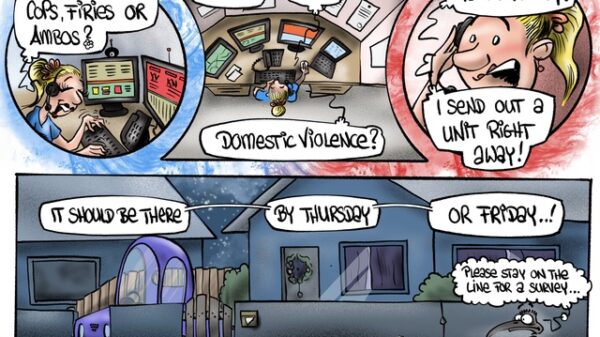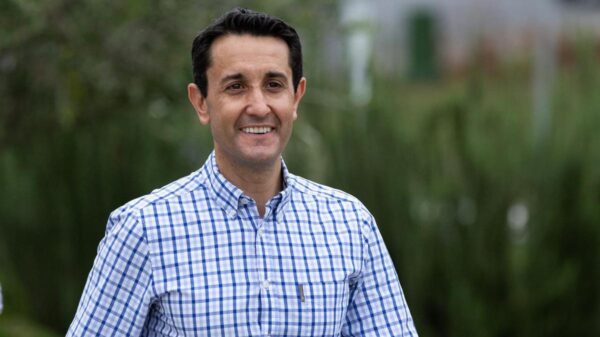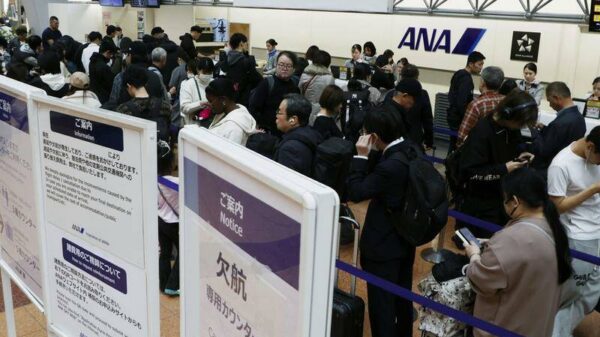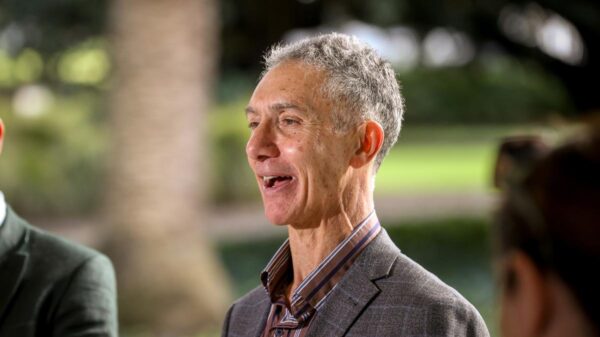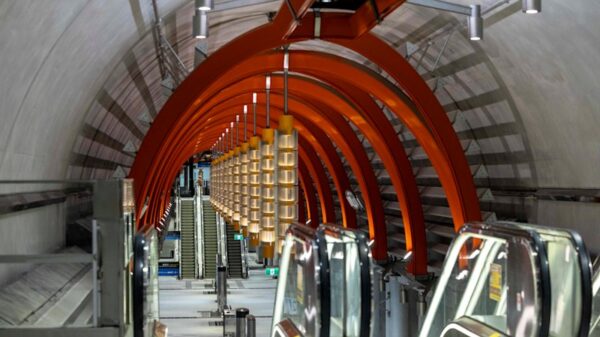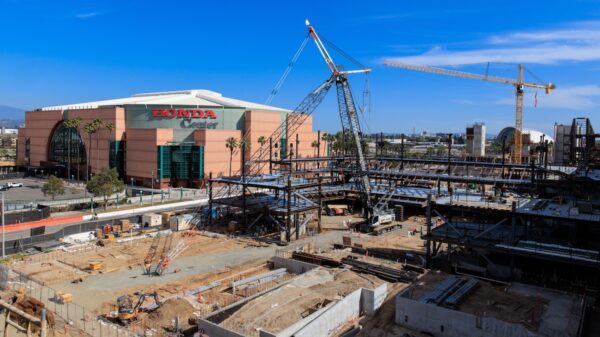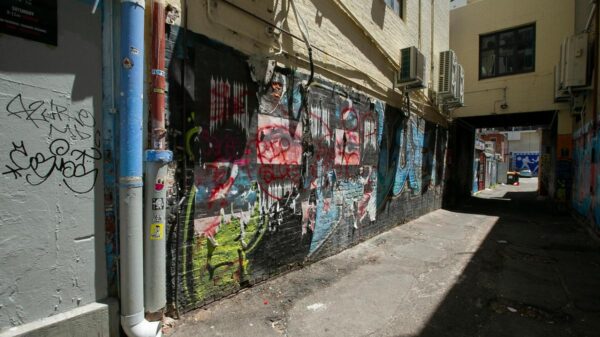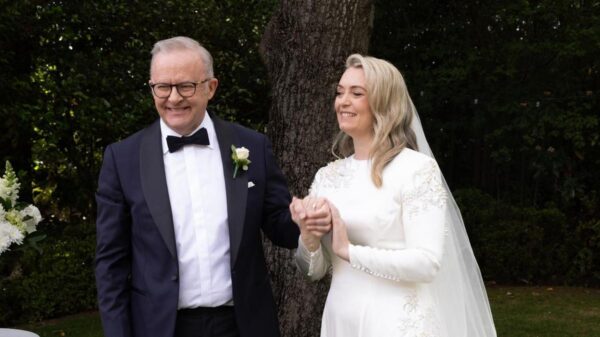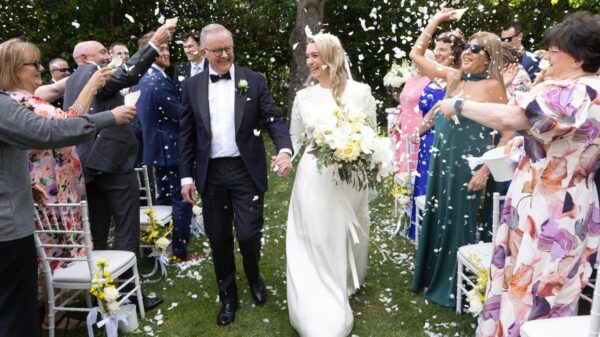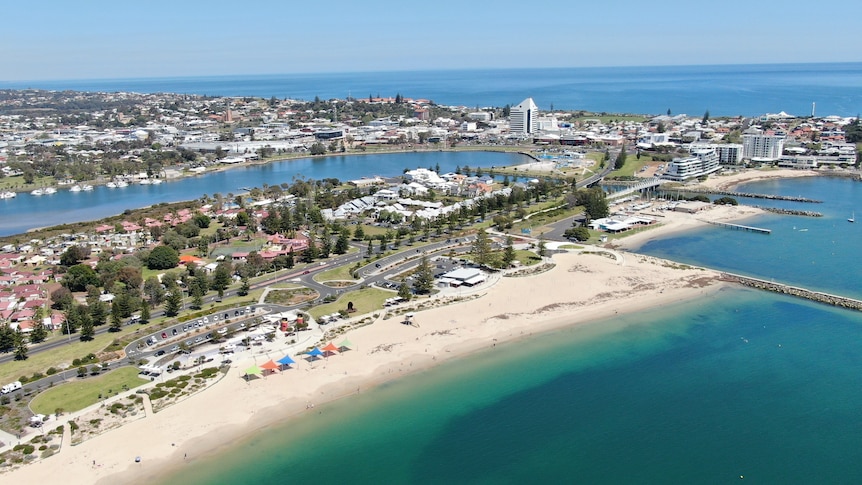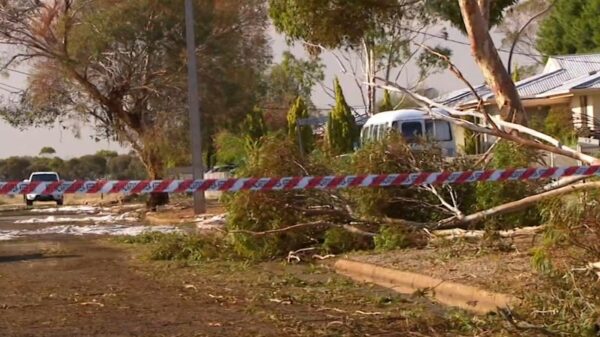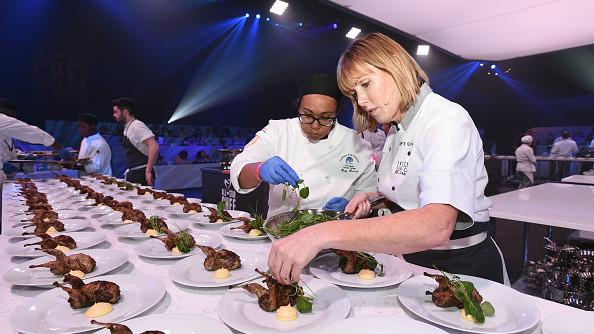The Mayor of Bunbury, the largest regional city in Western Australia, has voiced concerns about the state’s number of local governments, suggesting that the current total of 139 councils is excessive. Mayor Jaysen Miguel believes that merging councils could effectively reduce this number and improve local governance. With local government elections approaching, scrutiny of the state’s third tier of government has intensified.
Western Australia currently has more councils than both New South Wales (128) and Queensland (77), despite their larger populations. In an interview with the local podcast BLXCK INK, Miguel expressed his view: “There are 139 local governments in WA. It’s just too many.” While he clarified that this is his personal stance rather than an official position of the Bunbury council, he urged smaller neighbouring councils—specifically Capel, Dardanup, and Harvey—to consider merging with Bunbury.
The conversation about council mergers is gaining momentum as all four councils in the greater Bunbury area have recently increased their rates, with Bunbury, Dardanup, and Harvey raising fees by over 6 percent. Miguel argued that Bunbury ratepayers are disproportionately bearing the costs of regional facilities, stating, “Our ratepayers, our 30,000 people, pick up the cost of that for 100,000 people.” He emphasized the need to initiate discussions on amalgamation before it becomes an unavoidable government mandate.
The notion of merging local councils, however, has not met universal support. Dardanup Shire President Tyrrell Gardiner defended the current structure, asserting that local decision-making is preferable. He noted that the shires are experiencing rapid growth and suggested that their populations may soon rival that of Bunbury. “Smaller communities will lose their voice in an amalgamated structure, where city politics often dominate conversations,” Gardiner stated.
Former local government minister John Castrilli, who oversaw previous merger attempts, echoed the importance of collaboration among councils. He suggested that any future mergers would likely be mandated by the state government. “If there’s going to be any amalgamation at all, it’ll be done by government,” he said. Castrilli also referenced past studies indicating that amalgamation could lead to savings for households, citing a potential reduction in rates by up to $4 million a year through improved administrative efficiency.
Despite these discussions, the government has hesitated to impose mandatory mergers. Local Government Minister Hannah Beazley stated that the current administration prefers councils to explore merger options voluntarily. This sentiment is shared by Karen Chappel, president of the WA Local Government Association (WALGA), who emphasized that any structural reform should be undertaken with community consensus, rather than through coercion.
In light of the past, some communities are wary of forced amalgamations. The Shire of Douglas in Queensland faced significant backlash when it was merged with Cairns City Council in 2008, leading to a public outcry over increased rates and diminished services. Former Douglas Mayor Julia Leu highlighted the importance of considering the unique characteristics of local communities in any future mergers, urging respect for the interests of smaller towns.
The debate over local government structure in Western Australia illustrates the complexities of balancing efficiency with community representation. As discussions continue, the outcome may significantly shape the governance landscape for residents in the greater Bunbury area and beyond.



